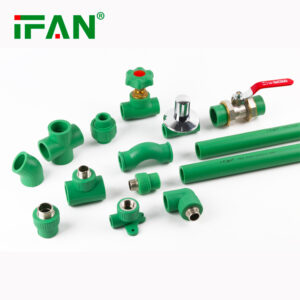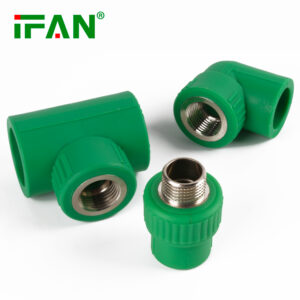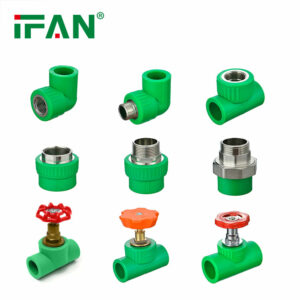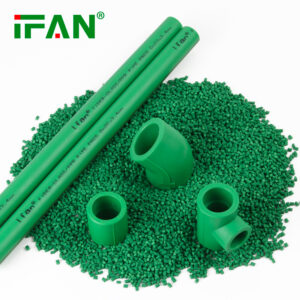
ASTM F2389 How to Avoid Common Mistakes When Working with PPR Fittings
Whatsapp Us
Share
Description
IFAN factory 30+ years manufacture experience support color /size customization support free sample.Welcome to consult for catalog and free samples.This is our Facebook Website:www.facebook.com,Click to watch IFAN’s product video.Compared with Tomex products, our IFAN products from quality to price are your best choice, welcome to buy!
Polypropylene Random Copolymer (PPR) fittings have become a popular choice in plumbing systems worldwide due to their durability, ease of installation, and corrosion resistance. However, working with PPR fittings requires careful attention to detail and correct procedures to ensure a leak-free and long-lasting plumbing system. This article will guide you on how to avoid common mistakes when working with **PPR fittings**, providing practical tips and best practices for both beginners and professionals.
What Are PPR Fittings?
PPR fittings are components used to connect PPR pipes in plumbing installations. Made from a thermoplastic polymer, these fittings are known for their excellent chemical resistance, heat tolerance, and robustness. They are commonly used in hot and cold water supply systems, heating systems, and industrial piping applications.
Due to their seamless fusion welding process, PPR fittings provide reliable, leak-proof connections when installed correctly. However, improper handling or installation can lead to system failures such as leaks, cracks, or joint failures.
Common Mistakes When Working with PPR Fittings and How to Avoid Them
1. Improper Pipe and Fitting Preparation
Mistake: Failing to clean and prepare pipes and fittings before welding.
How to Avoid: Always ensure that both the pipe ends and the inside of the PPR fittings are clean and free from dirt, grease, or moisture. Use a clean, dry cloth to wipe surfaces before fusion welding. Dirt or contaminants can prevent proper bonding, causing weak joints or leaks.
2. Incorrect Cutting of Pipes
Mistake: Cutting pipes with improper tools or at incorrect angles.
How to Avoid: Use a specialized pipe cutter designed for PPR pipes to make clean, straight cuts. Avoid using hacksaws or tools that produce rough or angled cuts, as this can cause poor joint connections. After cutting, deburr and smooth the edges using a deburring tool or fine sandpaper to ensure a perfect fit.
3. Inadequate Heating or Fusion Time
Mistake: Overheating or underheating pipes and fittings during the fusion process.
How to Avoid: Follow manufacturer instructions for fusion temperatures and heating times precisely. Each fitting size requires specific heating times for both the pipe and fitting ends. Use a calibrated fusion welding machine with temperature control to ensure consistent heating. Overheating can melt or deform the pipe, while underheating may cause weak joints.
4. Incorrect Joining Technique
Mistake: Misaligning pipes or applying excessive force when joining heated fittings.
How to Avoid: After heating, quickly and carefully align the pipe and fitting without twisting or pushing too hard. Hold the joint steady for the recommended cooling time to ensure a strong bond. Misalignment or movement during cooling can cause joint weaknesses or leaks.
5. Skipping Pressure Testing After Installation
Mistake: Not performing pressure tests after completing the installation.
How to Avoid: Always conduct a pressure test following the completion of PPR pipework installation. Pressure testing helps identify leaks or weak joints early, allowing for timely repairs. Follow recommended pressure and duration standards for your system type, and never bypass this critical step.—
6. Using Incompatible or Low-Quality Fittings
Mistake: Using fittings that do not meet required standards or are incompatible with the pipes.
How to Avoid: Purchase PPR fittings from reputable manufacturers that comply with industry standards such as ISO or ASTM. Low-quality fittings may crack, deform, or fail prematurely. Ensure that fittings match the pipe size and pressure ratings for your application.
7. Ignoring Expansion and Contraction Needs
Mistake: Not accounting for thermal expansion and contraction of PPR pipes and fittings.
How to Avoid: Design your plumbing system with expansion loops, compensators, or expansion joints where necessary. This prevents undue stress on fittings and pipes caused by temperature changes, reducing the risk of cracking or joint failure.
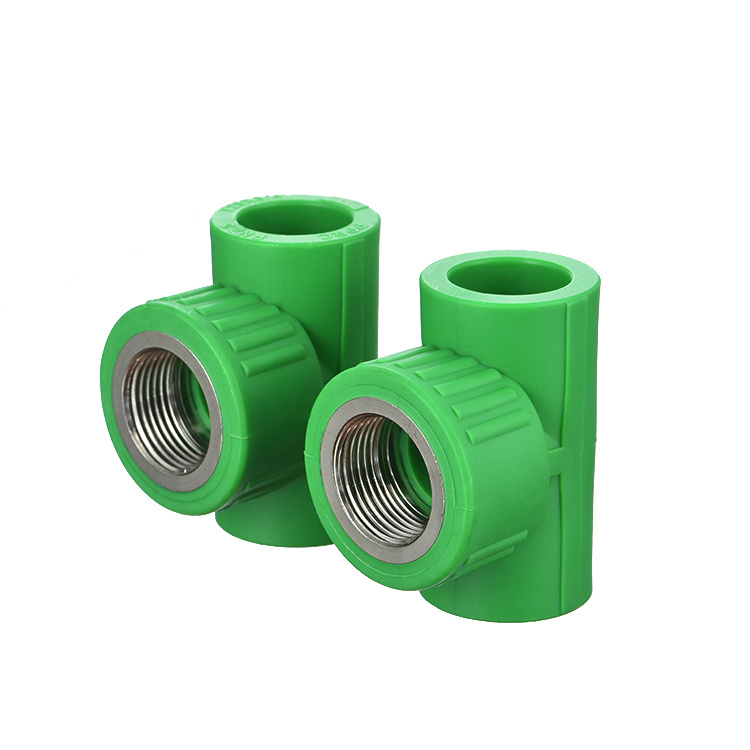
8. Incorrect Storage and Handling
Mistake: Exposing PPR fittings and pipes to direct sunlight or improper storage conditions.
How to Avoid: Store PPR fittings and pipes indoors or under shade to avoid prolonged UV exposure, which can degrade the material. Keep them away from sharp objects or heavy loads that could cause damage before installation.
Tips for Successful PPR Fitting Installation
– Use the Right Tools: Invest in quality fusion welding machines, pipe cutters, and deburring tools designed specifically for PPR piping systems.
– Follow Manufacturer Guidelines: Each manufacturer provides detailed instructions on heating times, temperatures, and handling procedures. Adhere strictly to these guidelines.
– Maintain Consistency: Make sure all installers involved follow the same processes and standards to ensure uniform joint quality.
– Train Your Team:Proper training reduces human error significantly and improves the overall quality of installations.
Conclusion
Working with PPR fittings can be straightforward and efficient if you avoid common mistakes. Proper preparation, correct cutting and heating, precise joining, and thorough testing are critical steps that determine the success of your plumbing system. By following the tips and guidelines outlined in this article, you can ensure leak-proof, durable, and energy-efficient piping installations.
Frequently Asked Questions (FAQs)
1. What tools do I need to work with PPR fittings?
You will need a specialized PPR pipe cutter, fusion welding machine, deburring tool, and a clean cloth for preparation.
2. How do I know if the joint is properly welded?
A properly welded joint will have a uniform bead around the fitting and should not leak under pressure testing.
3. Can PPR fittings be used for hot water systems?
Yes, PPR fittings are suitable for both hot and cold water systems due to their high heat resistance.
4. How long does it take for PPR joints to cool after welding?
Cooling time depends on pipe diameter and manufacturer recommendations but typically ranges from 10 to 30 seconds.
5. Are PPR fittings compatible with other types of pipes?
PPR fittings are specifically designed for PPR pipes and are generally not compatible with other pipe materials unless adapters are used.
Related products
-
PPR Fittings
Versatile Brass Fittings for All Your Plumbing Needs
-
PPR Fittings
Green PPR Water Fittings
-
PPR Fittings
PPR Material Fittings
-
PPR Fittings
What is the PPR Fittings


